Promixus Moves You to the Next Task at Hand
Winner of the Best of NeoCon Gold Award in the casegoods category, Proximus seeks to revolutionize casegoods "to support modern workstyles." Designed by David Grout and Donna Corbat for Gary Lee Studios, the Proximus series for Halcon begins with a "veneered architectural 'wall' that forms the framework for all other components." The idea behind Proximus is for any user or combination of users to be able to work on one project and then put it away-out of sight-before moving on to the next project: "Overstimulation is rampant, multi-tasking the norm. Our minds work best when there is a clear shift and break to a new activity." Proximus, in other words, responds to the idea that multitasking does NOT work (as recent research illustrates). The desk and storage system lets users hide away whatever they're not currently working on-behind panels, in slots, or on shelves. When project 1 gets put to bed, workers can move to project 2, which becomes visible through the complex and versatile Proximus system.
Proximus. Designed by David Grout and Donna Corbat of Gary Lee Studios for Halcon..
"The benefit is a new versatility and efficiency in the office," says David Grout, Principal, Gary Lee Studios. A great feature of Proximus is that one configuration can work for various individuals, from the "paper piler" to the "organized filer." Gary Lee Studios and Halcon have thought of everyone-and this intentional design is also clear in the choice of finishes offered in the casegoods collection. From earthy woods to shiny veneers, Proximus has as many finishes as it does configurations. I particularly like the two-toned striated wood and the hidden file slots that come inside drawers. Proximus leads you from one project to the next-hence the name-but it also accommodates various working and design styles, from "the fastidious minimalist" to the "avid collection displayer."
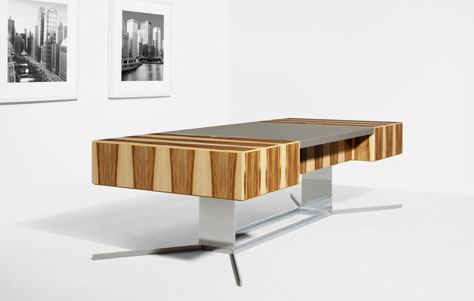
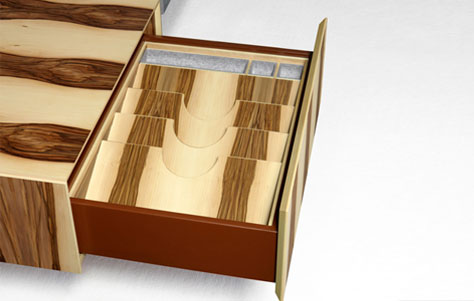
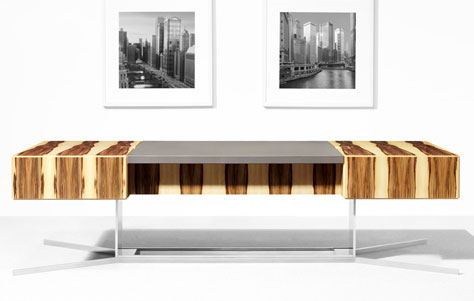
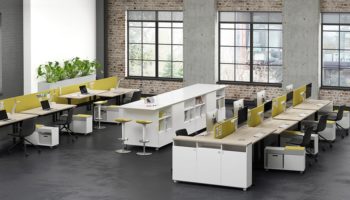
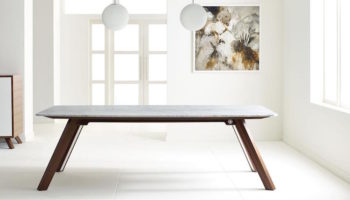
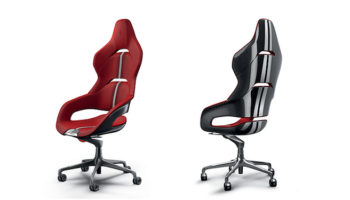

Leave a Reply